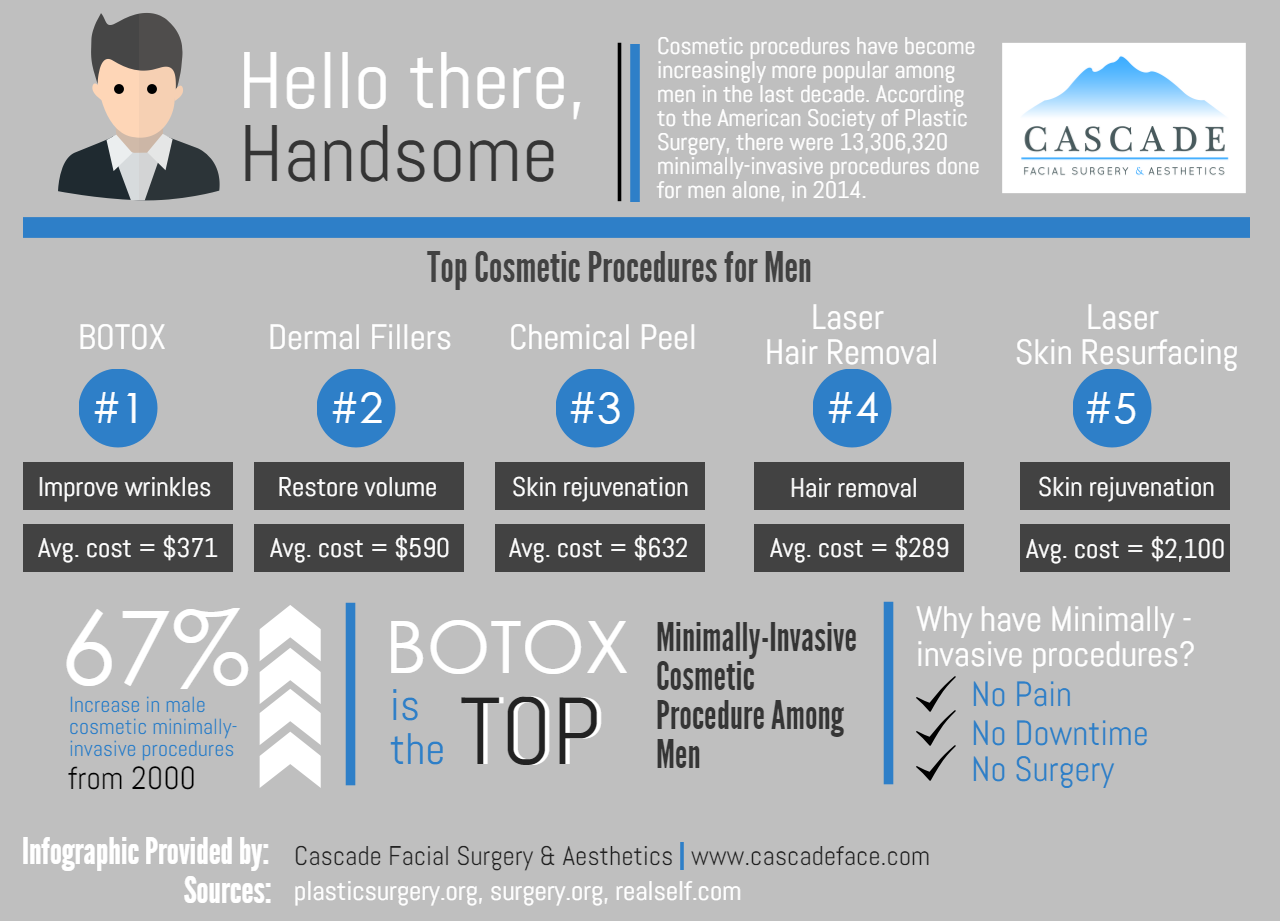Skincare And Prevention
Skincare And Prevention
Blog Article
Root causes of Acne on Cheeks
Acne outbreaks in the cheek location are activated by numerous points, from touching your face regularly to not altering your pillowcase usually enough. Picking at blemishes raises your danger of infection and scarring, and certain medications can worsen dark places (postinflammatory hyperpigmentation).
The good news is, there are several means to stop and deal with cheek acne. These consist of:
1. Hormone Adjustments
Acne is greatly brought on by hormonal agents, specifically those generated throughout adolescence and maternity. For some, a family history of acne may likewise contribute to their condition. Anything that clogs pores, such as oil-based skin care products or ceraceous hair items, can activate acne. Different topical therapies, like benzoyl peroxide and salicylic acid, can combat germs and unblock pores. Those with severe or chronic acne should look for therapy from their physician.
Prevent touching or squeezing your acne, as this can push some of the bacteria deeper right into the skin, bring about an extra serious breakout. It is also important to change pillow cases regularly and make use of tidy makeup brushes. You ought to also try to stay clear of toxic irritants such as friction from using a helmet or limited collar.
2. Diet regimen
The oily, sugary foods that many people assume trigger acne might really not do so. In fact, researches have actually revealed that eating a diet abundant in entire, nutrient-dense foods assists to prevent outbreaks.
Foods high in the glycemic index (such as white bread, corn flakes, blew rice and potatoes, doughnuts and other pastries) elevate blood sugar level degrees rapidly, and this can increase hormonal agents that improve oil production and lead to acne.
Consuming alcohol cow's milk has actually likewise been linked to raised acne breakouts. If you are a regular cow's milk enthusiast, you may wish to try changing to low-fat or nondairy options that are fortified with calcium. On top of that, consuming more water can aid to minimize acne since it aids to maintain the skin hydrated.
3. Excess Oil
While oil is important for healthy skin, it can come to be an issue when too much sebum blends with dead skin cells and blocks pores. This mix can produce blackheads, whiteheads and pimples. The obstructed pore wall can break down and spill bacteria, dead skin cells and sebum right into surrounding skin. This causes a red bump referred to as a pimple. Occasionally these red bumps have pus in the facility from a bacterial infection. Bigger infected bumps that resemble acne are called cysts.
There are lots of things that can create excess sebum and blocked pores, consisting of hormonal agent fluctuations, diet regimen and daily behaviors. Some examples consist of touching the face often, relaxing your hand on your cheek, utilizing dirty make-up brushes and not changing pillow cases frequently.
4. Stress
If you're taking care of throbbing acnes or a slew of blackheads and whiteheads, it might be time to talk to a skin doctor. They can suggest a reliable treatment that matches your skin type. Exercising relaxation and stress-reduction strategies microneedling likewise aids.
Acne can occur in the cheeks as a result of friction and stress, such as when a person touches their face regularly or wears a hat or sporting activities helmet that rubs versus the skin. It can also appear where oily cosmetics and lotions massage against the skin.
Stay clear of squeezing acne, as this can press contaminated material deeper right into the skin and lead to scarring. Rather, see a doctor to discover preventative treatments like medicine, skin treatment products and way of life changes. Eating a healthy and balanced diet of entire foods, obtaining seven to 9 hours of sleep and utilizing noncomedogenic make-up and skincare items can all help reduce acne breakouts.
5. Hair Products
Hair items are not generally considered a cause of breakouts, yet they can contribute to acne on the cheeks in some individuals. Pomade acne, which is identified by small shut comedones and papulopustules, is commonly triggered by making use of oily hair products that contain comedogenic active ingredients such as certain oils and acetylated lanolin.
Selecting hair items that do not include these possibly comedogenic active ingredients is an essential action towards minimizing breakouts. Additionally, ensuring that hair products aren't can be found in contact with the skin can help avoid outbreaks. As an example, wearing a headscarf or hood during the night can limit hair-to-face get in touch with and minimize the chance that leave-in hair products will abrade onto the face.
In addition to utilizing a non-comedogenic cream and washing with an acne face laundry, various other valuable approaches include: